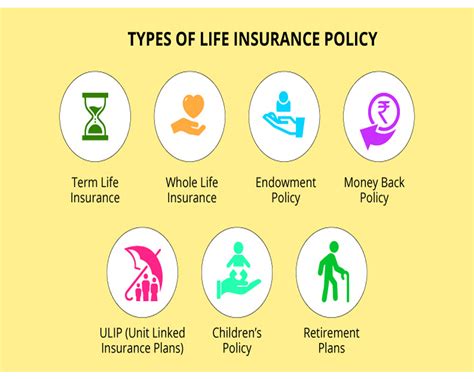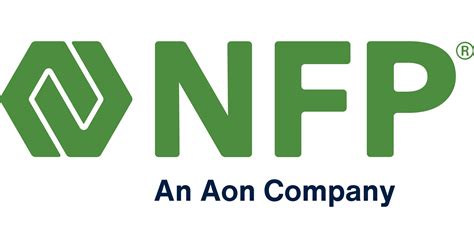Contents Insurance

Contents insurance, a crucial aspect of financial protection and peace of mind, safeguards the items within your home or business premises. It provides coverage for various personal belongings and assets, offering compensation in the event of theft, damage, or loss. This type of insurance is essential for individuals and businesses alike, ensuring that their valuable possessions are protected against unforeseen circumstances.
Understanding Contents Insurance: An In-Depth Overview

In the realm of insurance, contents insurance stands out as a specialized form of coverage, designed to protect the items we value most. From furniture and electronics to collectibles and jewelry, contents insurance provides a safety net against the unexpected. Let’s delve deeper into the world of contents insurance, exploring its intricacies and importance.
The Importance of Contents Insurance
Imagine a scenario where your home is burgled, or a natural disaster strikes, causing significant damage to your belongings. Without contents insurance, you’d be left to bear the financial burden of replacing or repairing these items. This is where contents insurance steps in, offering financial protection and peace of mind.
Contents insurance covers a wide range of personal possessions, including furniture, appliances, clothing, and even valuable items like artwork and musical instruments. It also extends to cover the contents of outbuildings, such as sheds and garages. By providing compensation for losses, contents insurance ensures that policyholders can quickly recover and replace their belongings, minimizing the impact of unforeseen events.
Coverage and Exclusions: Navigating the Fine Print
While contents insurance offers comprehensive coverage, it’s essential to understand the policy’s terms and conditions. Each insurance provider has its own set of inclusions and exclusions, which can vary significantly. It’s crucial to review these details thoroughly to ensure you have the right level of coverage for your specific needs.
Generally, contents insurance covers losses resulting from fire, theft, vandalism, and natural disasters like floods and storms. However, it's important to note that certain high-value items, such as jewelry and electronics, may require additional coverage or specific endorsements. Additionally, some policies may exclude coverage for certain types of damage, such as gradual deterioration or wear and tear.
| Coverage Highlights | Real-World Examples |
|---|---|
| Fire Damage | Compensation for damaged furniture and electronics after a house fire. |
| Theft | Reimbursement for stolen jewelry and laptops. |
| Natural Disasters | Assistance in replacing belongings lost during a flood or storm. |

Assessing Your Contents and Determining Coverage Needs
Assessing the value of your possessions is a critical step in obtaining adequate contents insurance coverage. It’s recommended to create an inventory of your belongings, including their estimated values. This inventory not only helps you determine the appropriate sum insured but also serves as a valuable record in the event of a claim.
When assessing your contents, consider the replacement cost of each item. This is especially important for high-value possessions, as their value may have increased since their initial purchase. Regularly updating your inventory and reevaluating the sum insured ensures that your coverage remains sufficient and reflects the true value of your belongings.
Choosing the Right Contents Insurance Provider
With numerous insurance providers offering contents insurance policies, selecting the right one can be a daunting task. It’s crucial to compare different providers based on their coverage options, policy terms, and customer reviews.
Look for providers who offer flexible coverage options, allowing you to tailor the policy to your specific needs. Consider factors such as the provider's reputation, financial stability, and their claims process. A provider with a proven track record of prompt and fair claim settlements can provide added peace of mind.
The Claims Process: What to Expect
In the unfortunate event of a loss, understanding the claims process is essential. Contents insurance providers typically require policyholders to report the incident promptly and provide detailed information about the damaged or lost items.
During the claims process, you'll need to gather evidence, such as photographs, receipts, and any available valuations. This documentation helps the insurance provider assess the extent of the loss and determine the appropriate compensation. It's important to cooperate fully with the insurer and provide accurate information to ensure a smooth and efficient claims process.
| Claims Process Steps | Description |
|---|---|
| Report the Incident | Promptly notify your insurance provider about the loss or damage. |
| Gather Evidence | Collect photographs, receipts, and valuations of the affected items. |
| Submit a Claim | Complete and submit the necessary claim forms with supporting documentation. |
| Assessment and Settlement | The insurance provider evaluates your claim and determines the compensation amount. |
Maximizing Your Contents Insurance Coverage
To make the most of your contents insurance coverage, there are several key strategies to consider. First, ensure that your policy includes adequate coverage for high-value items, such as jewelry or artwork. These items often require separate endorsements or additional coverage to ensure they’re fully protected.
Additionally, take steps to minimize the risk of losses. Install security measures like alarms and surveillance systems to deter theft and vandalism. Regularly maintain and service your belongings, especially valuable items, to reduce the likelihood of unexpected breakdowns or damage. By taking proactive measures, you can not only protect your possessions but also potentially lower your insurance premiums.
The Future of Contents Insurance: Emerging Trends and Innovations
The insurance industry is constantly evolving, and contents insurance is no exception. As technology advances, we can expect to see innovative solutions and enhanced coverage options. For instance, the integration of smart home technology and the Internet of Things (IoT) is already shaping the future of contents insurance.
Smart home devices, such as security cameras and sensors, can provide real-time monitoring and early detection of potential risks. This data can be utilized by insurance providers to offer more accurate and tailored coverage. Additionally, the use of artificial intelligence and machine learning algorithms can improve claim assessments and fraud detection, ensuring a faster and more efficient claims process.
Conclusion: Securing Your Peace of Mind with Contents Insurance

Contents insurance is a vital component of financial planning and risk management. By understanding the intricacies of contents insurance and taking proactive steps to protect your possessions, you can ensure that you’re adequately covered against unforeseen circumstances. Whether it’s a burglary, a natural disaster, or an accidental spill, contents insurance provides the reassurance that your valuable belongings are safeguarded.
Remember, choosing the right contents insurance policy and regularly reviewing your coverage are essential to maintaining peace of mind. Stay informed, compare providers, and make informed decisions to secure the protection your possessions deserve. With the right contents insurance in place, you can rest easy knowing that your most valuable assets are protected.
How much does contents insurance typically cost?
+The cost of contents insurance can vary significantly depending on several factors, including the value of your possessions, the location of your property, and the level of coverage you require. On average, contents insurance premiums range from 200 to 500 per year. However, it’s essential to obtain multiple quotes and compare policies to find the best coverage at a competitive price.
Can I insure my belongings while renting a property?
+Absolutely! Contents insurance is available for both homeowners and renters. As a renter, it’s crucial to protect your personal belongings, as the landlord’s insurance typically only covers the building itself. Renters’ contents insurance provides coverage for your possessions, ensuring that you’re financially protected in the event of theft, damage, or loss.
What happens if I need to make a claim on my contents insurance policy?
+In the event of a loss, you’ll need to contact your insurance provider and report the incident promptly. They will guide you through the claims process, which typically involves submitting a detailed claim form along with supporting documentation, such as photographs and receipts. The insurance provider will then assess your claim and determine the appropriate compensation based on the terms of your policy.



